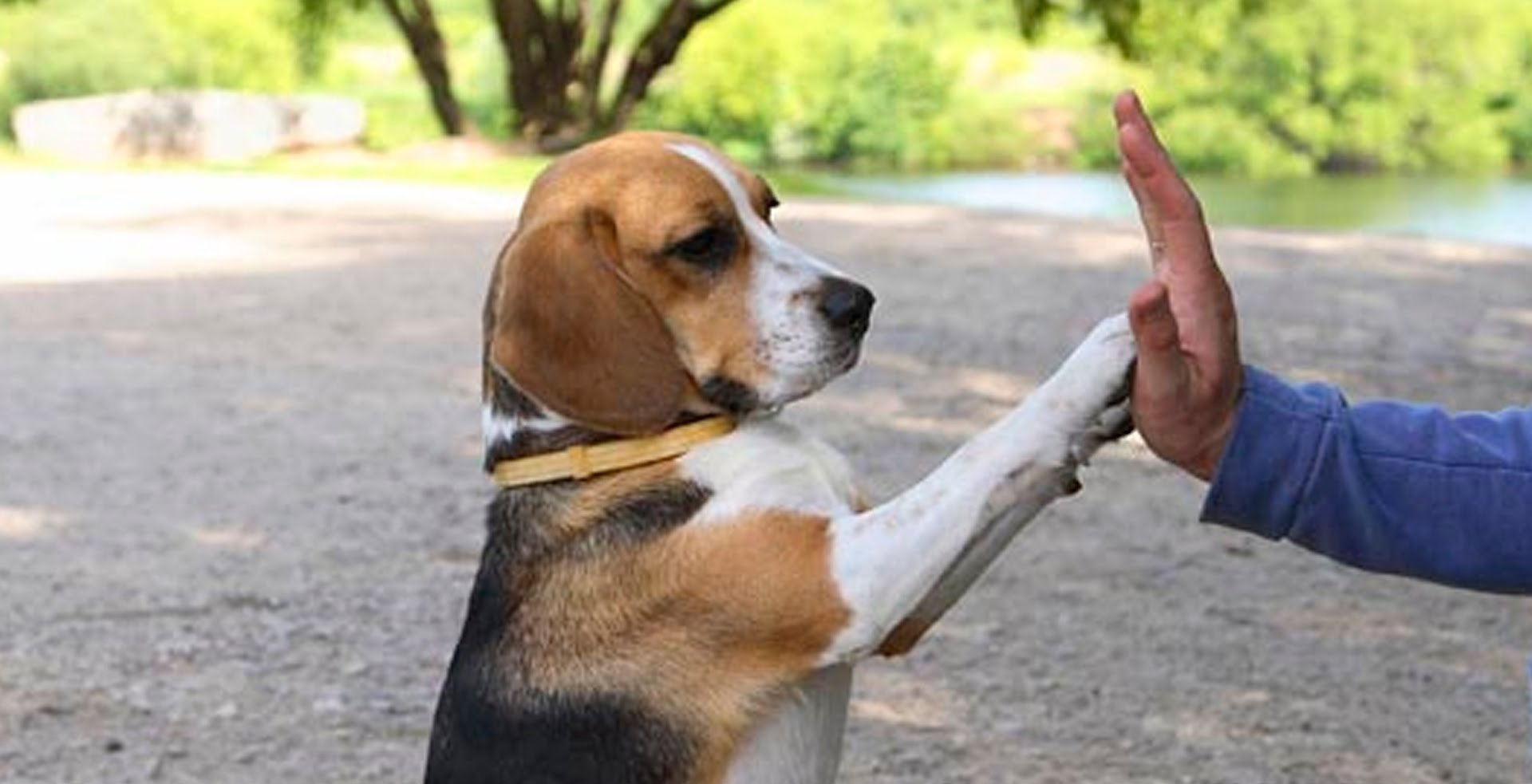Section 3
Read the passage and answer questions 28 to 40.

Old dogs and new tricks
The first days of an animal’s life play a major part in shaping its future.
Cormorant birds are used in China and Japan to catch fish in a traditional method of river fishing that dates back thousands of years. A cormorant dives under the water catches a fish, and then clings to a bamboo pole that the fisherman swings into the boat. It is easy to train a cormorant to behave like this because the bird has been imprinted on the fisherman instead of its natural mother. The fisherman imprints the cormorant on himself by appearing to the chick when it hatches out of the egg. The young bird mistakes the fisherman for the mother bird and bonds with him, responding to his voice and, later, swimming alongside his boat. This ‘follow response’ is nature’s way of preventing young birds from straying from their mother. The process of imprinting lasts for a period of up to two days after hatching. After this sensitive period the effect of the imprinting remains unchanged for the lifetime of the bird and cannot be reversed.
Dogs, cats, sheep, horses and other animals go through a process of imprinting similar to birds. In the case of dogs, the sensitive period lasts for up to 12 weeks. During this time the puppy can imprint on both its natural mother and on humans. Puppies are born blind and deaf, and naturally stay close to their mothers so they do not need an immediate ‘follow response’. The sensitive period lasts from the second week to the fourteenth week of life. It is critical that a dog is socialized with other dogs, family pets and with people within this time frame. If the basic social behaviour is not imprinted in a puppy by the fourteenth week it will lead to behavioural problems later in life that are difficult to change.
A puppy should be left with its natural mother and the litter for several weeks before being socialized with people. If a puppy is taken away from its natural mother too early and handled by people then it sees humans as its natural companions and dogs as complete strangers. Dogs that have only been socialized with people are likely to be aggressive towards another person’s dog or even attack it. Conversely, a dog that has been kept with the mother and litter for too long will not regard humans as companions and is more likely to be aggressive towards people and bite them. Dogs that have not been adequately socialized with both dogs and people can be difficult to control and will not respond to training.
Negative experiences with humans during the imprinting stage can have lasting effects on a dog. It is a cliché, but bad behaviour in a dog is usually the fault of its owner. A rescue dog that was neglected and abused by its owner is likely to remain nervous and fearful of humans. It is possible for a dog to overcome behavioural problems that originate from imprinting but it requires a lot of training and may not be completely successful. Negative behaviours are often reinforced inadvertently when a dog receives more attention for behaving badly than for behaving well.
In obedience training, the dog is taught to respond to basic commands such as sit, stay, down and release. In one training technique, the owner shouts a command – for example, sit – and if the dog acts accordingly it is rewarded with its favourite toy and is verbally praised. The dog associates the action of sitting with praise from its owner and learns to comply. Punishment and negative experiences are best avoided to ensure a confident, happy and obedient dog. Even an old dog can be taught new tricks, or at least new behaviours, with training every day.
Not all dog behaviour can be explained by imprinting and training. Generations of breeding in captivity has domesticated dogs so that they can live in people’s homes as pets, or as working animals. Dogs have been selectively bred to have their natural abilities enhanced or suppressed to suit the needs of man. For example, Border Collies and Belgian Shepherd dogs are pure-bred to herd sheep and protect them, more so when a dog has been imprinted on the flock. Spaniels and Retrievers are used as gun dogs to retrieve game birds for hunters. Scent hounds like the Beagle and the Fox Hound are used for their extra keen sense of smell when sniffing and tracking prey like rabbits and foxes. Some dogs, like Pit Bull Terriers, have been deliberately bred for fighting and can make dangerous pets. It is worth remembering that all dogs have been domesticated from wolves, so any dog has the potential to ‘bite the hand that feeds it’, no matter how well it has been socialized and trained.